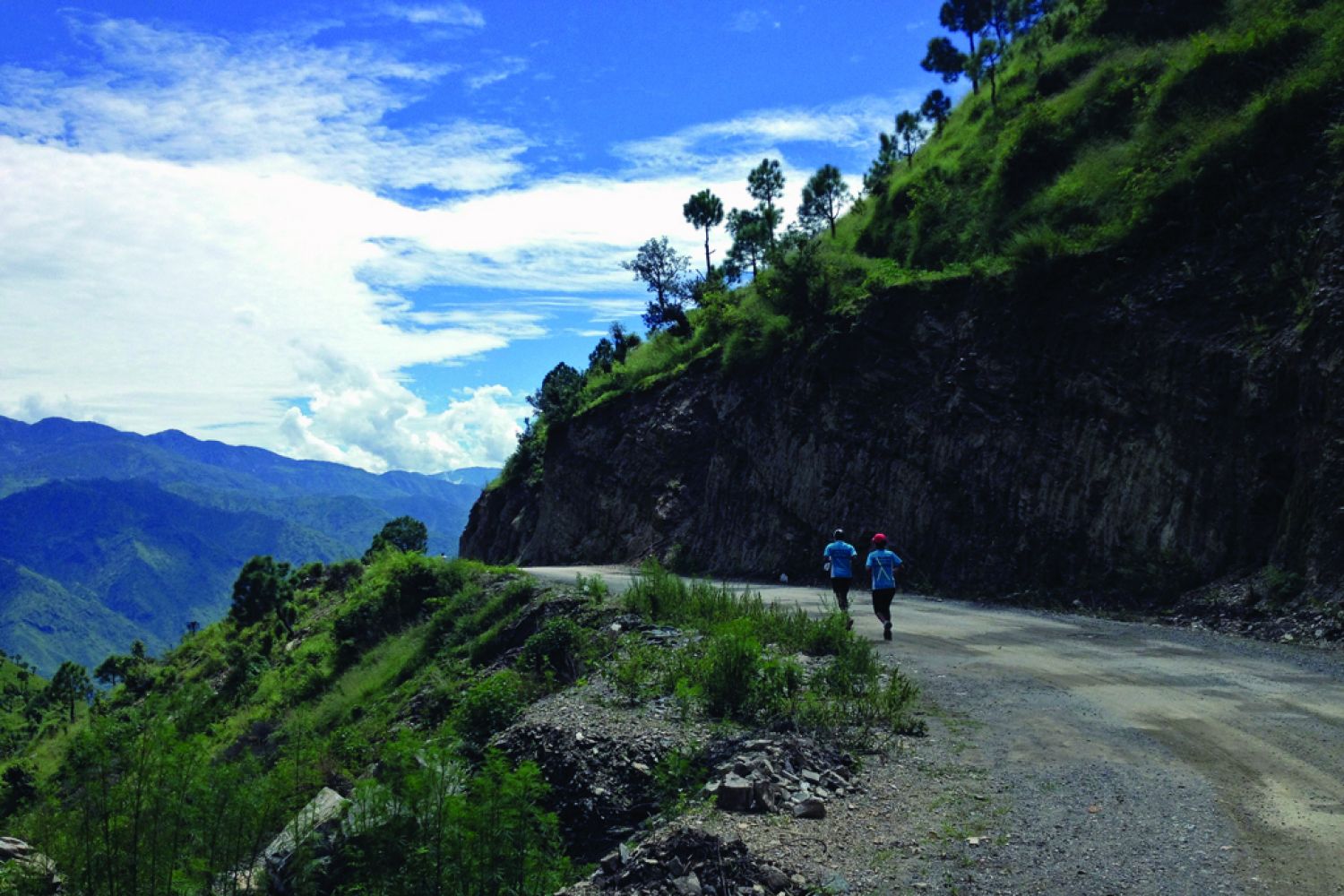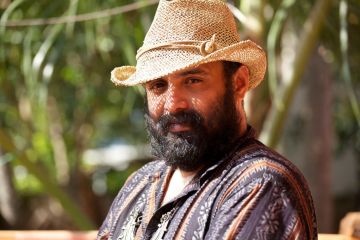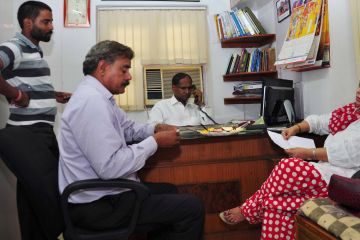
I’ve been going for
31 hours, and now just one last lap of the thorny and stony trail lies ahead...
one last lonely plod uphill and then over the stony ravines and wild grasses of
the former Bhati mines.
The other runners have
long since finished, leaving me to bring up the rear. This is the second year
I’m trying to complete the 100 miles over a trail that at times we jokingly
referred to as Martian.
Gaurav had kept me
company all night as we briskly walked and stumbled up and d





